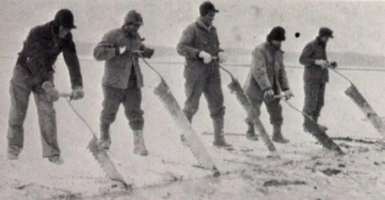These 20 Extreme Locations Test Human Resilience and Survival
Ever wondered what it’s like to live where the air itself seems to challenge your right to exist? While most of us struggle with a broken air conditioner, some communities thrive in places that seem designed to defy human habitation.
What drives people not just to visit but to make homes in Earth’s most unforgiving corners? In an age of climate-controlled comfort, these remarkable locations remind us of humanity’s extraordinary adaptability.
Here’s a journey through twenty places where daily life requires exceptional resilience.
Furnace Creek, Death Valley (USA)
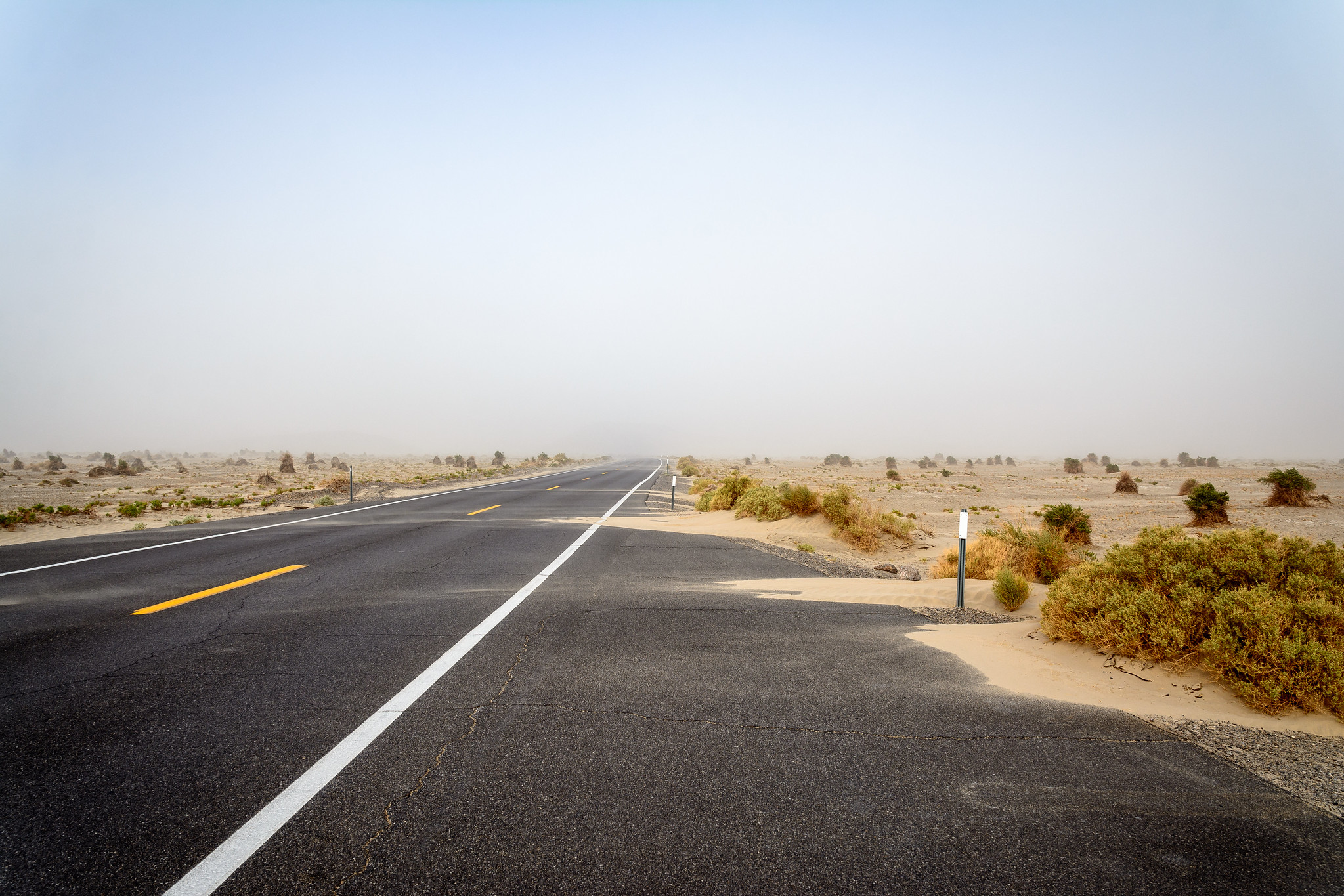
In this California desert community, summer temperatures regularly soar above 120°F (49°C). Residents plan their lives around the sun’s movement, treating noon like midnight.
Local golf courses offer night tee times, while ice cream vendors have become unofficial community heroes. The town’s maintenance workers are known to fry eggs on manhole covers during tourist season.
Oymyakon, Siberia (Russia)
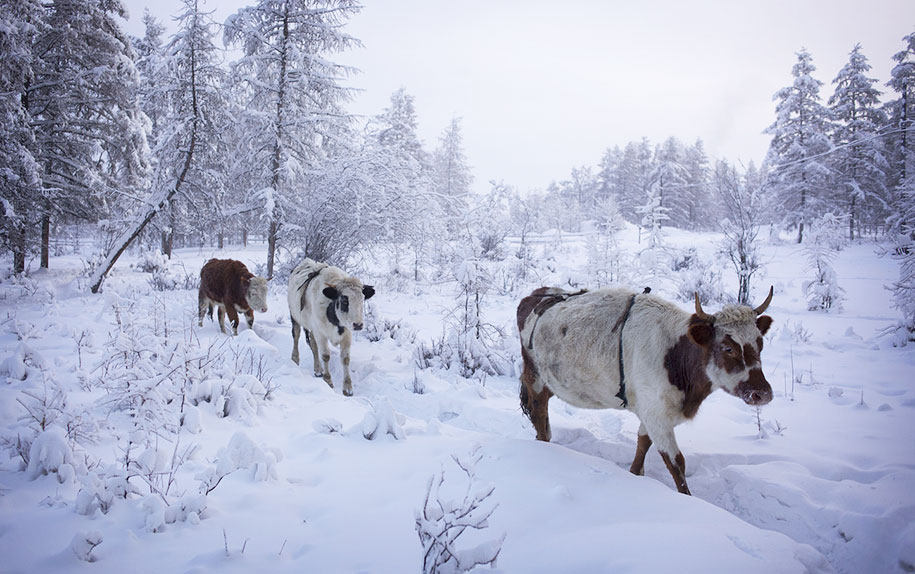
This Siberian village holds the record for the coldest permanently inhabited place on Earth. At -70°F (-57°C), eyelashes freeze, cars must keep running 24/7, and traditional burial requires lighting fires to thaw the ground.
Local schools only close when temperatures drop below -52°C, making snow days seem almost tropical by comparison.
Like Go2Tutors’s content? Follow us on MSN.
La Rinconada, Peru
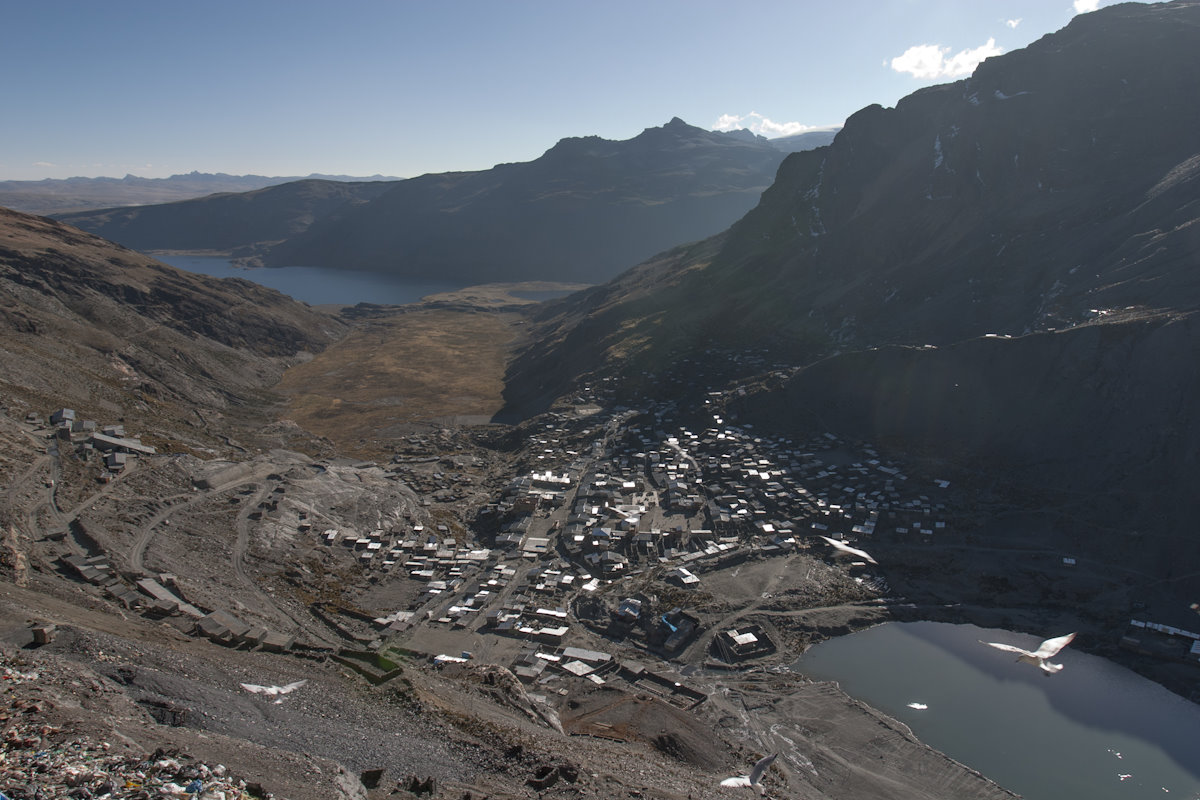
This gold-mining town, perched at 16,732 feet in the Peruvian Andes, is the highest permanent human settlement. Residents cope with 50% less oxygen than at sea level, while visitors often need days to adjust.
Local soccer matches last 15 minutes, with frequent substitutions and oxygen breaks becoming part of the game’s strategy.
Coober Pedy, Australia
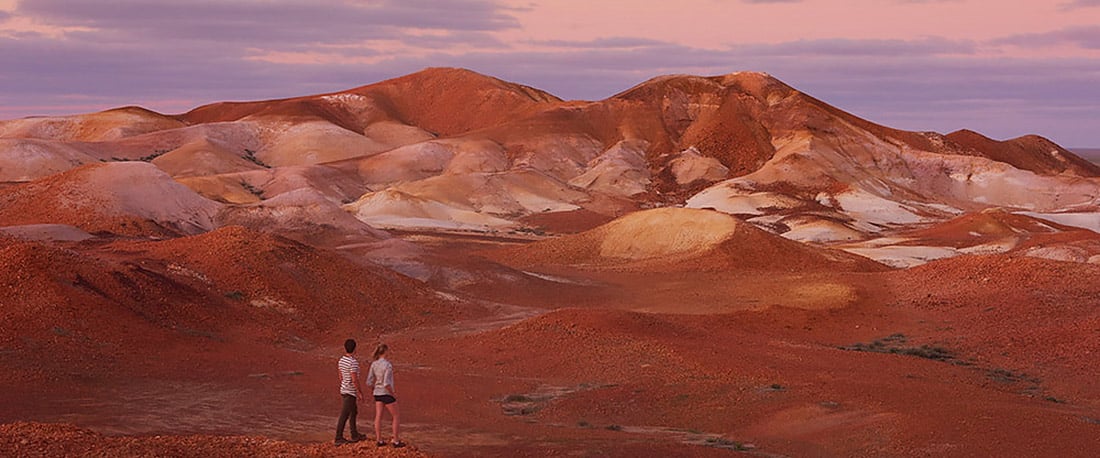
In this Australian opal mining town, extreme heat drove residents underground. Entire homes, churches, and hotels are carved into hillsides.
The local golf course is completely sand-based, and games are played at night with glow-in-the-dark balls. Real estate agents specialize in “cave home” listings.
Mount Weather, Virginia (USA)

This government facility in Virginia was built to withstand the nuclear apocalypse. Its residents practice for doomsday scenarios while maintaining normal office routines deep underground.
The cafeteria menu reportedly includes “apocalypse-proof” pudding.
Like Go2Tutors’s content? Follow us on MSN.
Ittoqqortoormiit, Greenland

This Greenlandic settlement is one of the most remote towns on Earth. Accessible only by helicopter or boat during brief summer windows, residents stock supplies for months of isolation.
Polar bears outnumber taxis, and the local dating scene consists of 450 people.
Dallol, Ethiopia
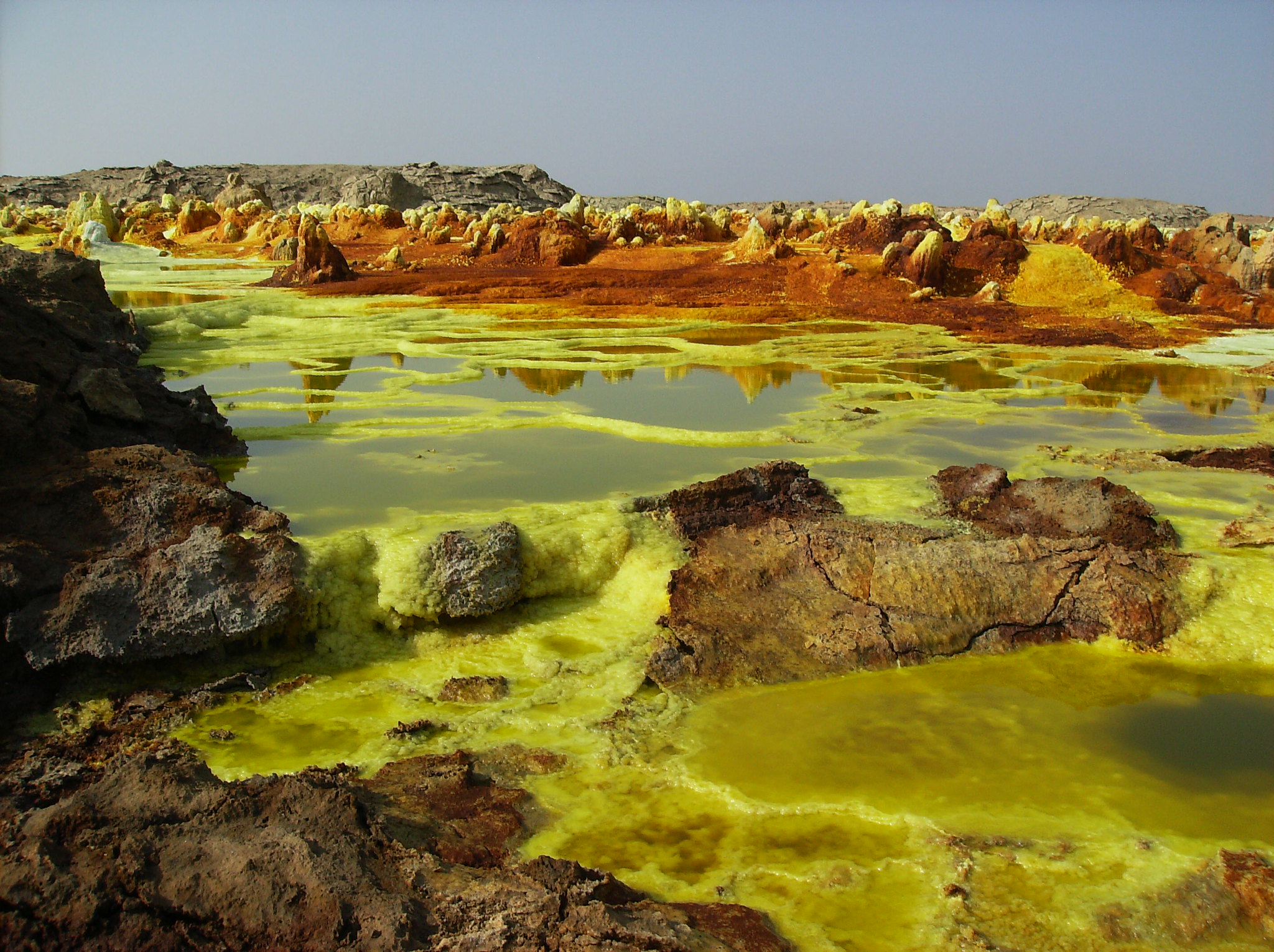
Ethiopia’s Danakil Depression hosts this ghost town where temperatures average 95°F (35°C) year-round, toxic gases seep from the ground, and acid pools dot the landscape.
Former residents joke that even cacti refuse to live there.
Villa Las Estrellas, Antarctica
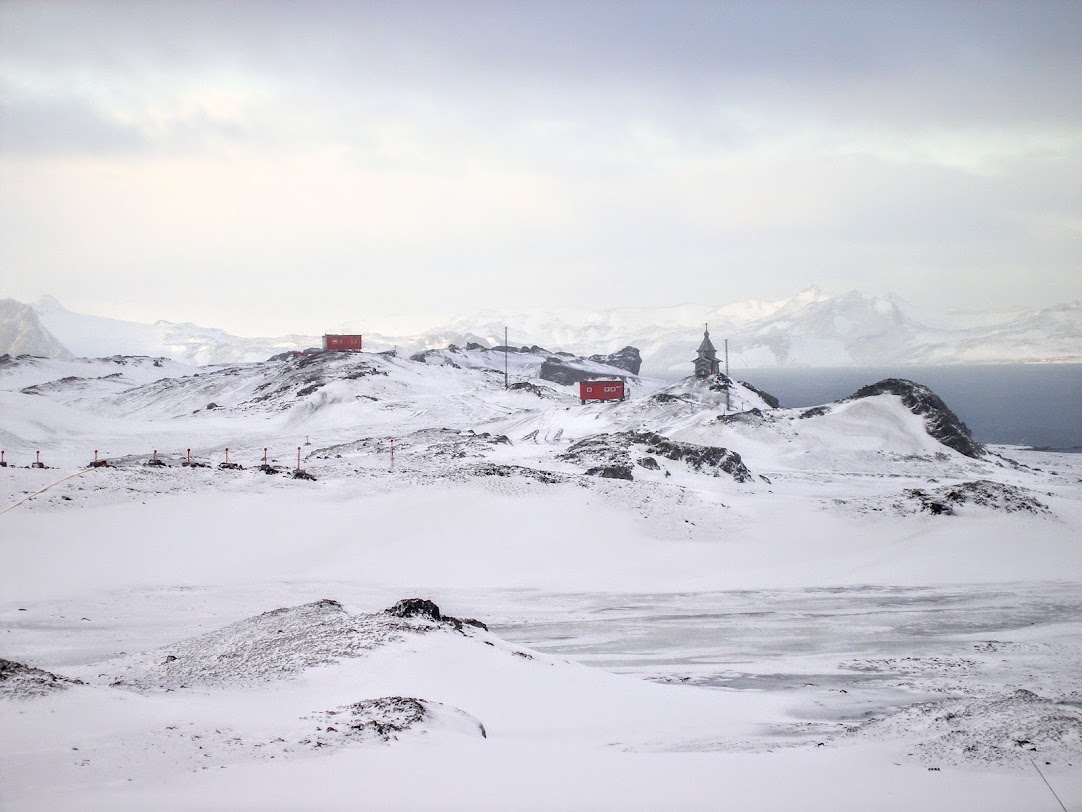
This Chilean Antarctic research station requires all residents to have their appendix removed before moving in. With no advanced medical facilities, even a simple appendicitis could prove fatal.
The local hospital’s waiting room is technically the entire continent.
Like Go2Tutors’s content? Follow us on MSN.
Pripyat, Ukraine
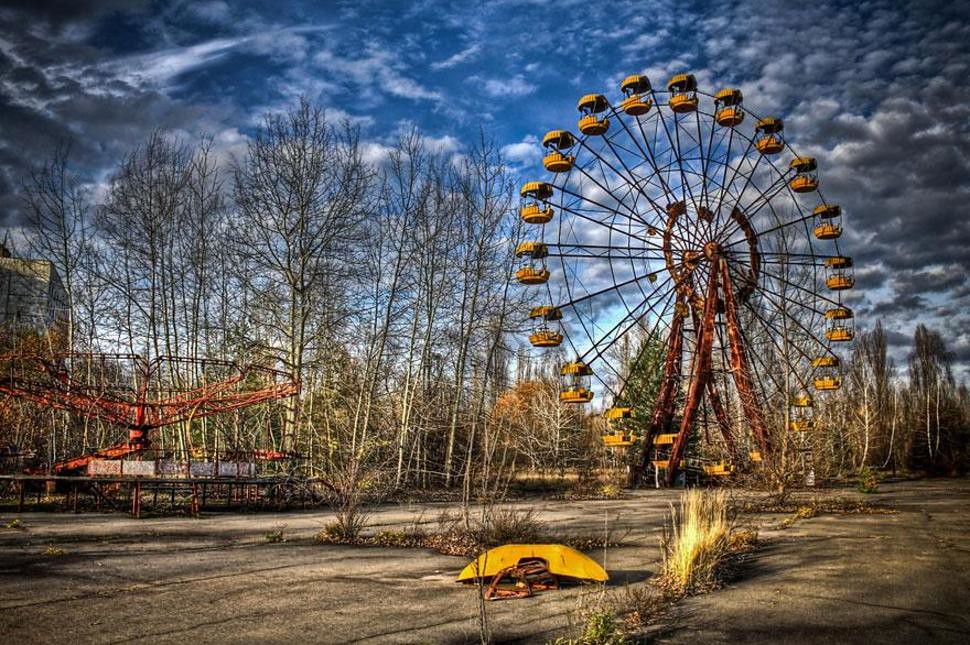
This Ukrainian city, abandoned after Chornobyl, now hosts scientists studying long-term radiation effects. Researchers work in shifts, carefully timing their exposure.
Local wildlife seems to have adapted better than humans, with wolves and bears reclaiming the streets.
Phoenix Islands, Kiribati
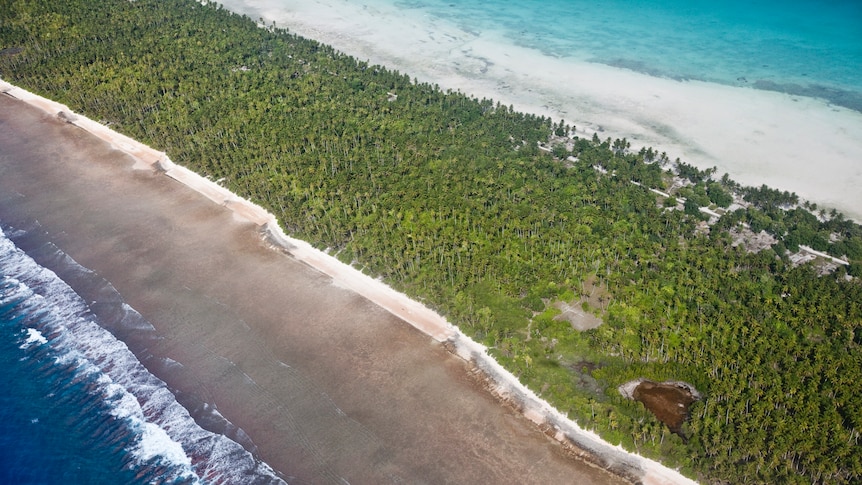
These remote Pacific atolls challenge residents with extreme isolation and rising sea levels. Supply ships visit three times a year, making Amazon Prime’s two-day delivery seem instantaneous by comparison.
Longyearbyen, Svalbard (Norway)
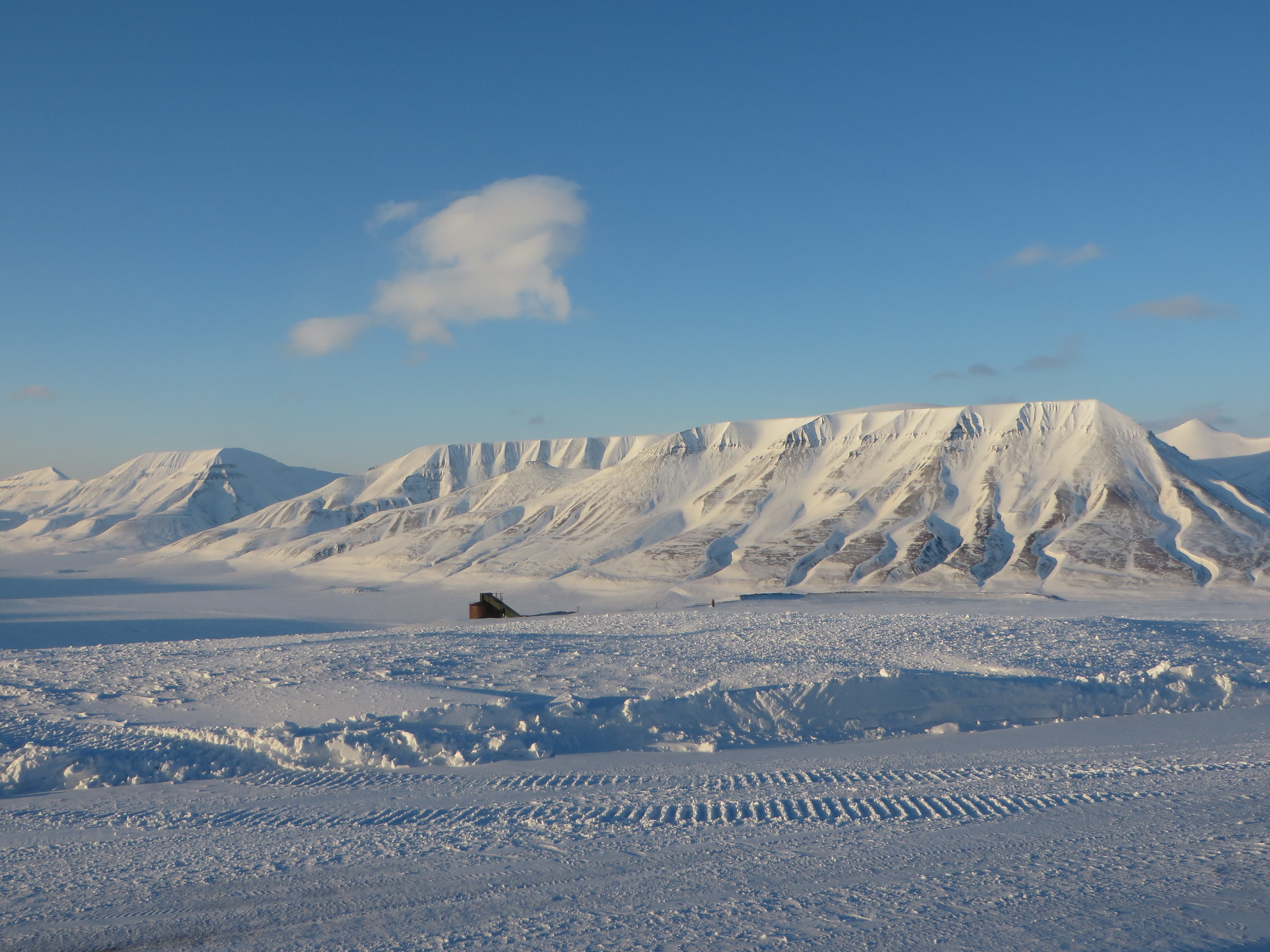
In this Norwegian archipelago, residents endure four months of complete darkness. The town law requires carrying rifles outside settlements due to polar bear risks.
Local children learn to use night vision before riding bicycles.
Like Go2Tutors’s content? Follow us on MSN.
McMurdo Station, Antarctica
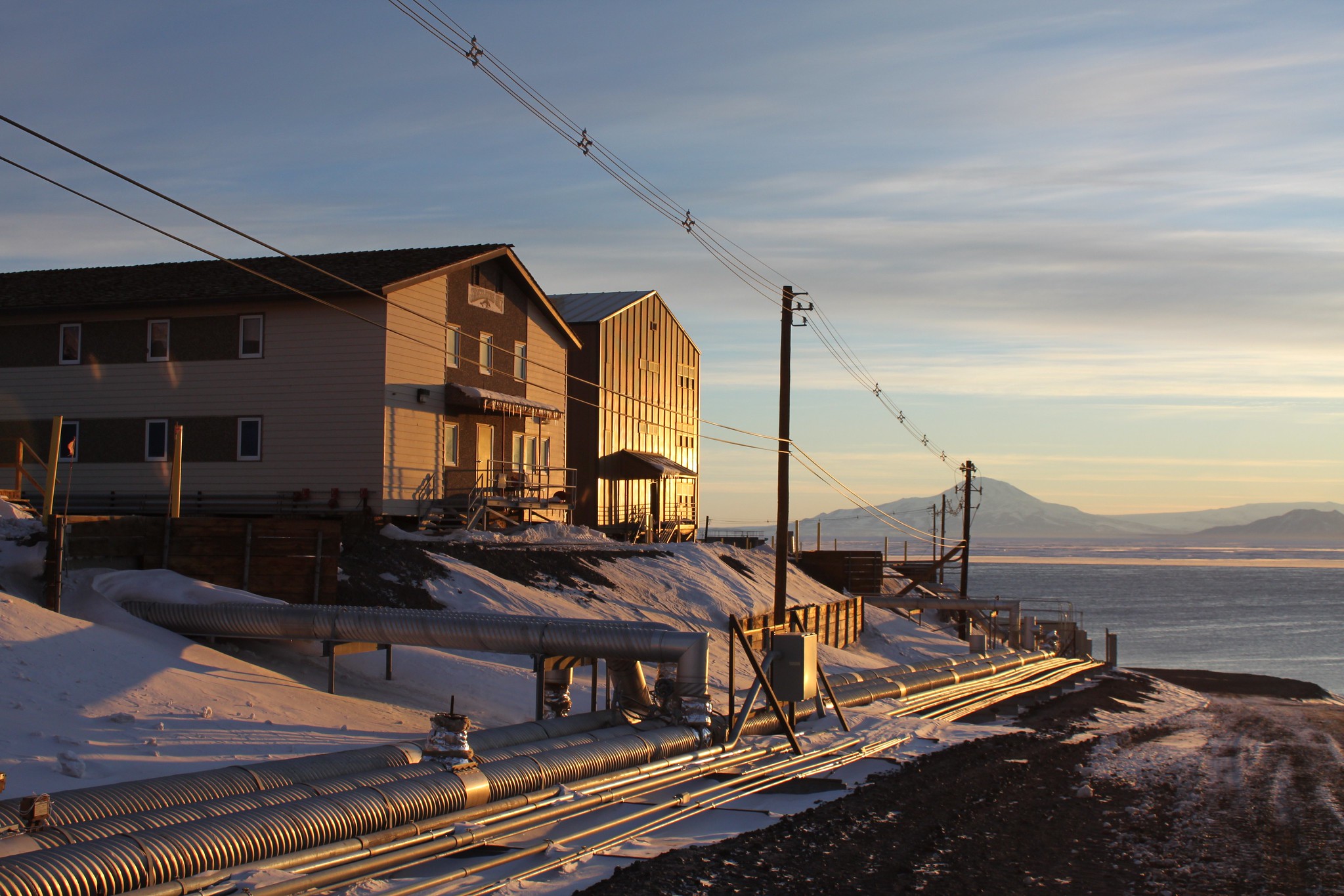
Antarctica’s largest research station combines extreme cold with months of either constant darkness or endless light. Residents joke about having two seasons: night and day, each lasting six months.
Colchani, Salar de Uyuni (Bolivia)
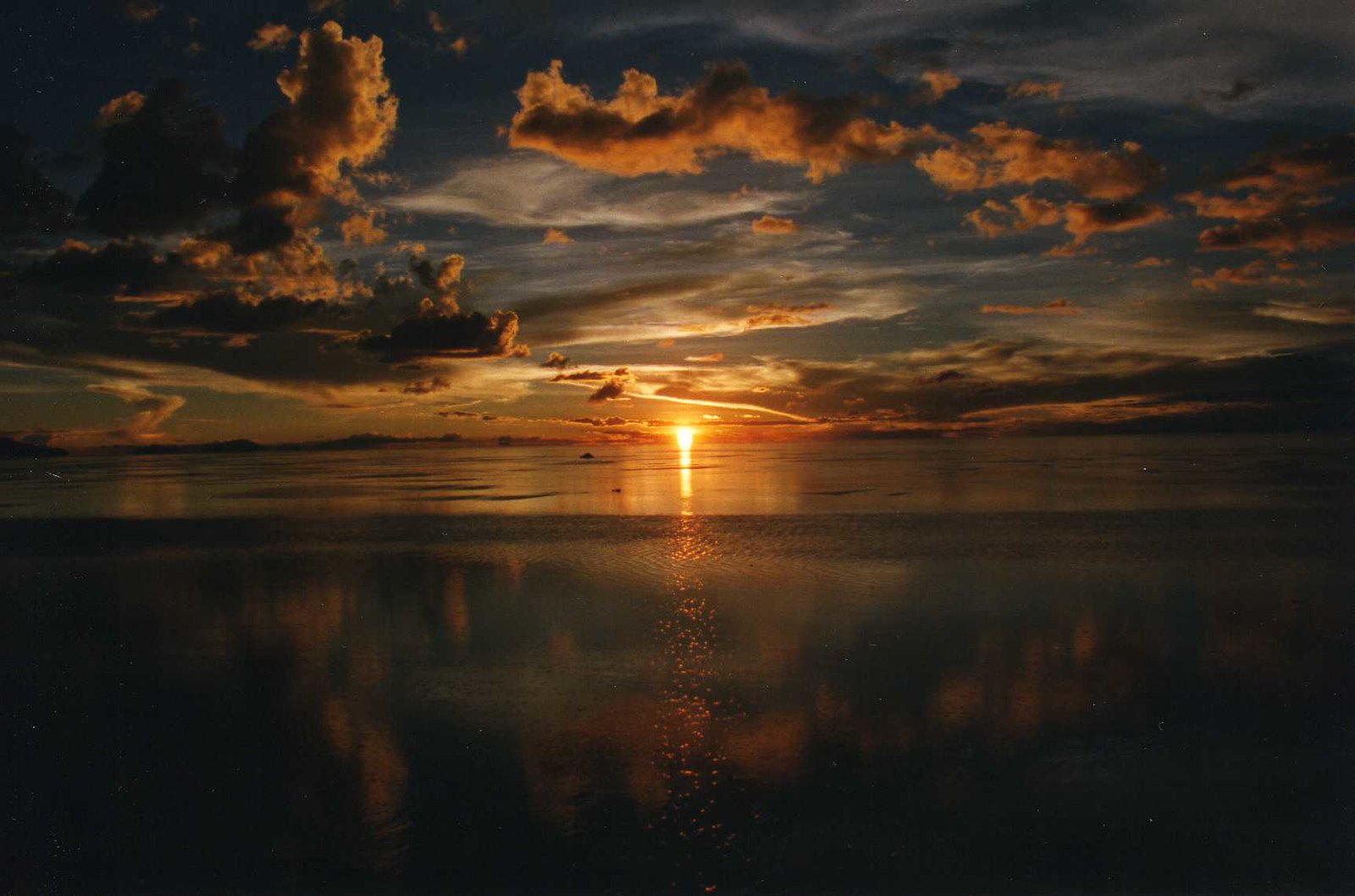
Bolivia’s salt hotel workers live surrounded by an endless white desert. The building requires constant maintenance as the salt walls slowly dissolve.
Local chefs never worry about seasoning their food.
Utqiaġvik (Barrow), Alaska (USA)

Alaska’s northernmost city experiences 65 days of complete darkness annually. Residents rely on artificial light therapy and vitamin D supplements to maintain normalcy.
Local movie theaters operate around the clock since every hour feels the same.
Like Go2Tutors’s content? Follow us on MSN.
Datong, Hanging Temple (China)
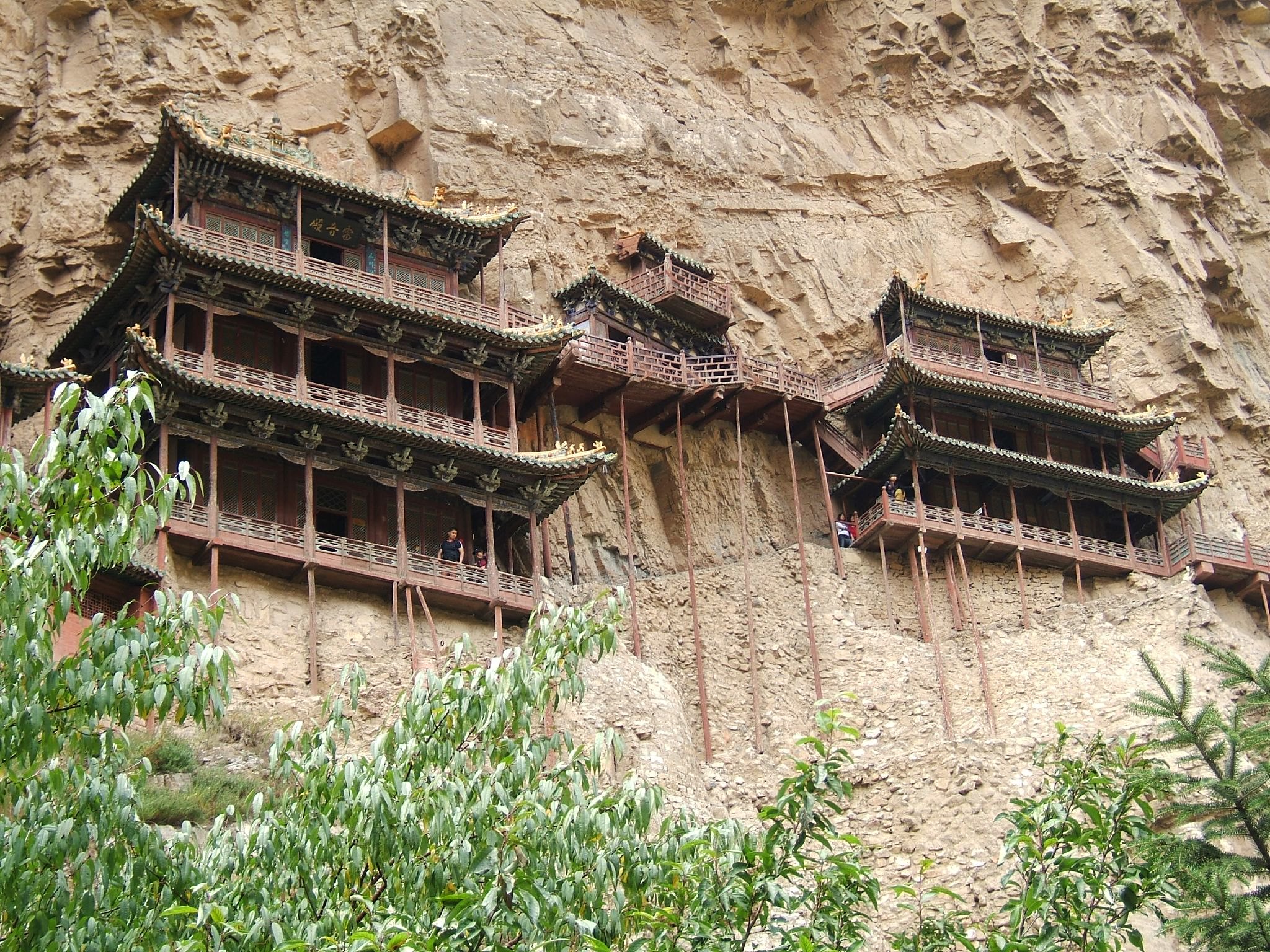
This Chinese monastery, built into a cliff face, challenges residents with vertical living at its extreme. Monks must have excellent balance and no fear of heights.
The local delivery service consists of a long rope.
Tórshavn, Faroe Islands
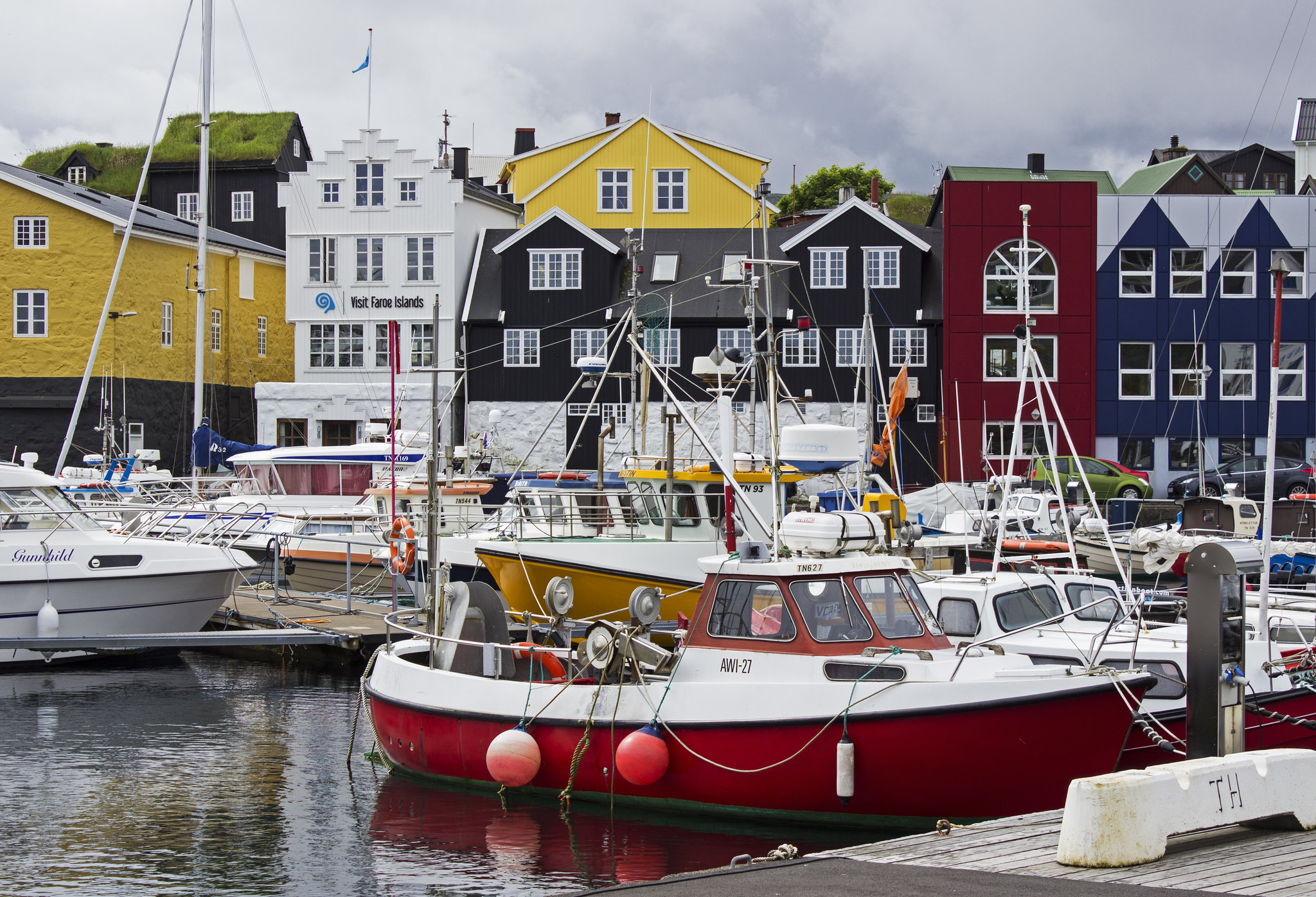
The Faroe Islands’ capital endures near-constant wind and rain. Buildings are designed to withstand horizontal rain, and grass roofs help anchor houses against storms.
Umbrella repair shops outnumber souvenir stores.
San Pedro de Atacama, Chile
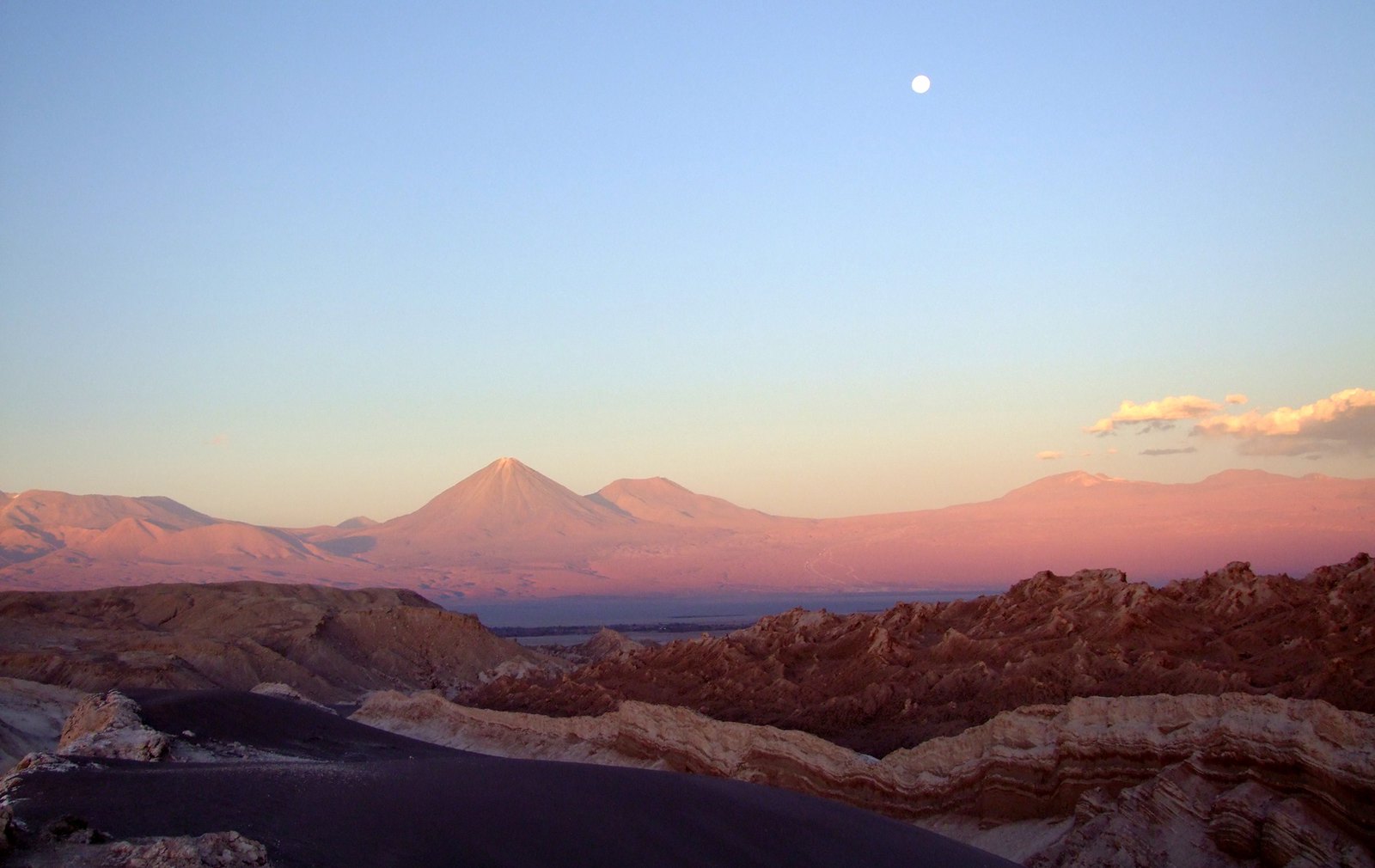
Chile’s desert research stations cope with the world’s driest conditions. Every drop of water is recycled, and residents become expert conservationists by necessity.
Local gardeners are considered miracle workers.
Like Go2Tutors’s content? Follow us on MSN.
Yakutsk, Siberia (Russia)
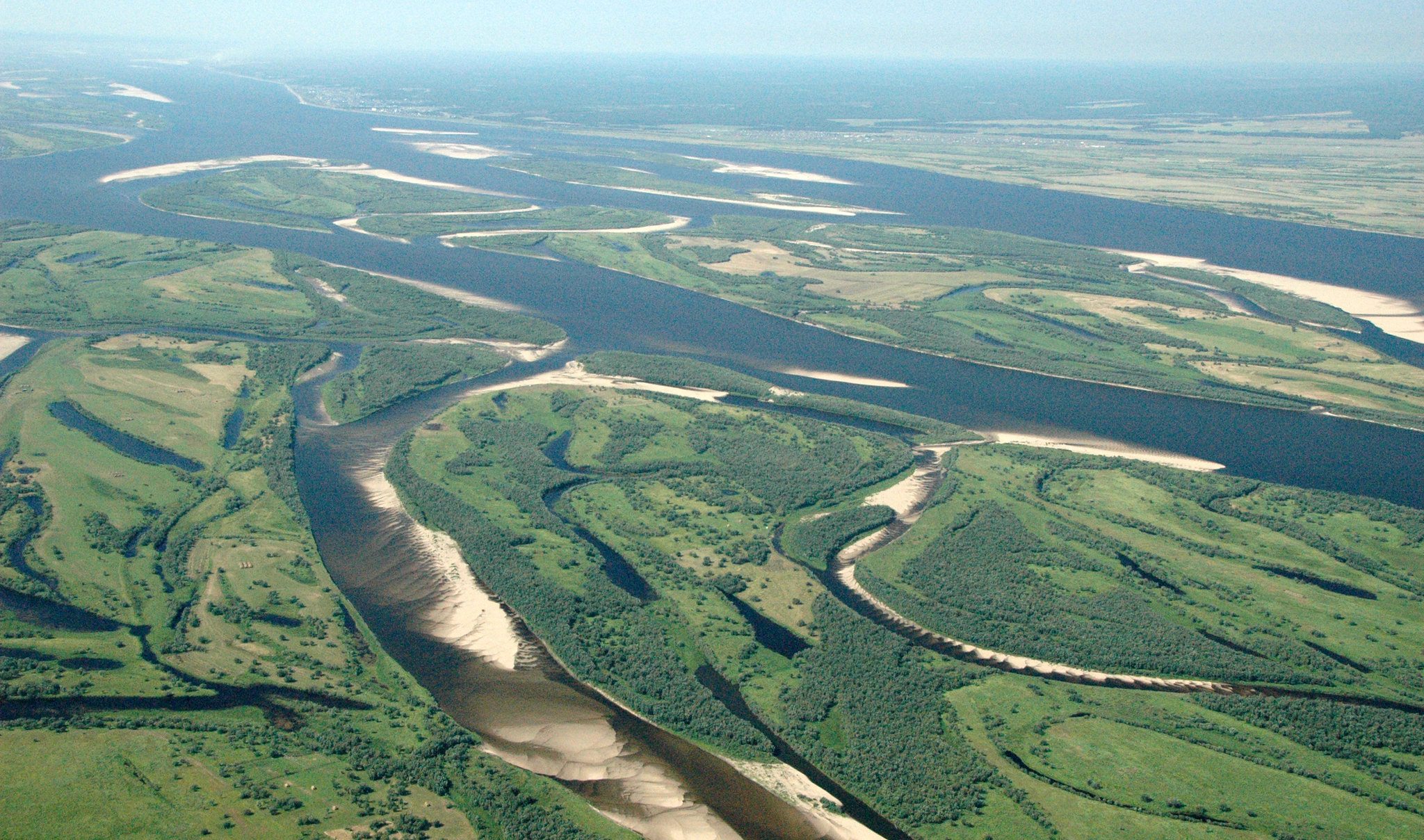
This Siberian city is built entirely on permafrost, with buildings perched on stilts to prevent melting the frozen ground beneath. Residents navigate a maze of elevated walkways, and underground utilities are all above ground.
Local fashion focuses on surviving rather than styling.
El Batan, Ecuador
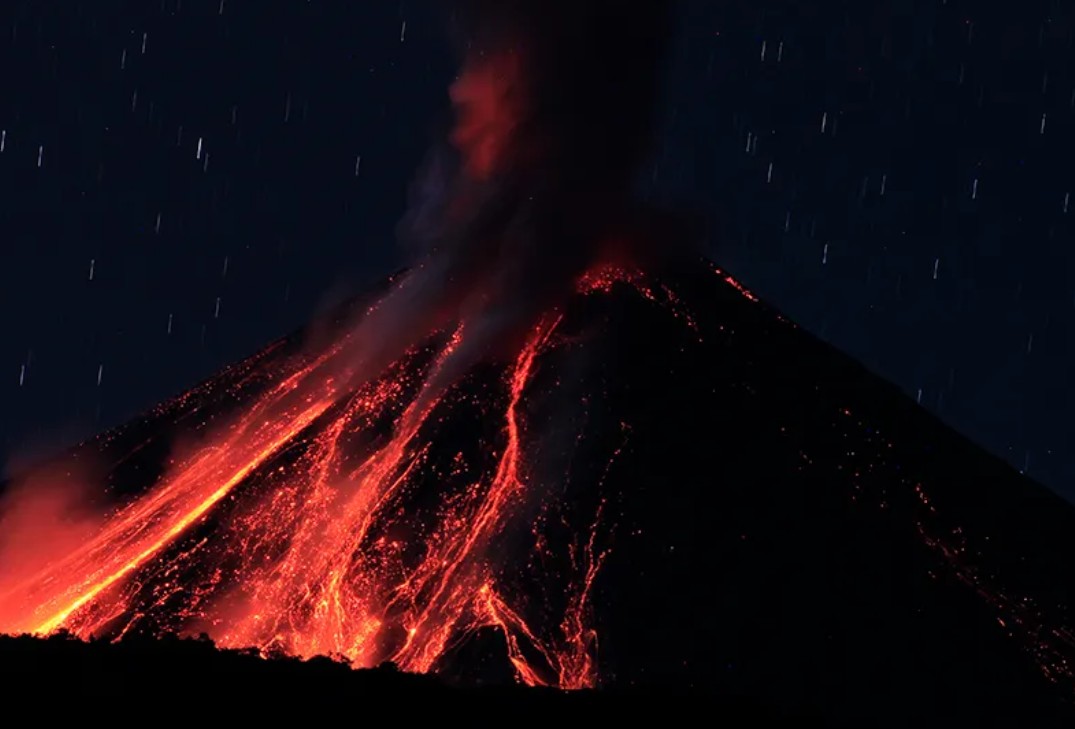
This Ecuadorian village lives in the shadow of an active volcano. Residents keep evacuation bags ready and have developed an elaborate warning system.
Local real estate agents specialize in “rapid relocation.”
Ilha da Queimada Grande (Snake Island), Brazil
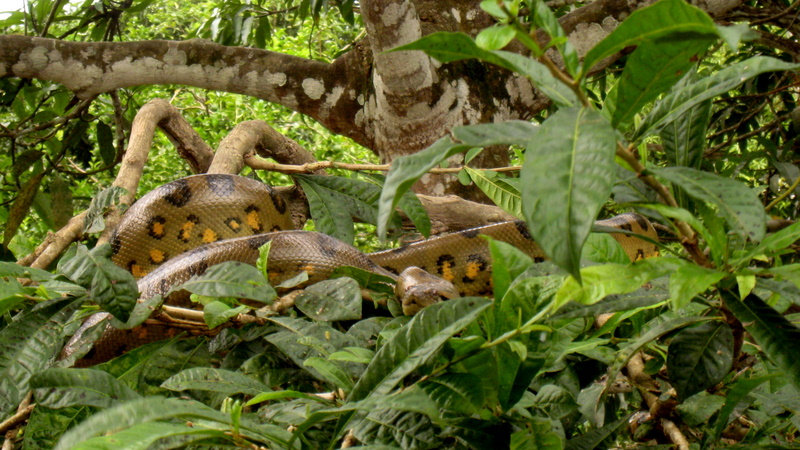
Brazil’s Ilha da Queimada Grande is so packed with venomous snakes that the government bans permanent residents. The only inhabitants are lighthouse keepers and researchers, who must receive extensive anti-venom training.
Like Go2Tutors’s content? Follow us on MSN.
Surviving the Impossible

These extreme locations prove human adaptability knows few bounds. While most of us seek comfort, these communities demonstrate our species’ remarkable ability to thrive in the most challenging environments.
They remind us that home isn’t just about comfort – it’s about the resilience of the human spirit in the face of nature’s greatest challenges.
More from Go2Tutors!

- 15 Unforgettable Candy Bars From The 60s and 70’s That Disappeared Too Soon
- 15 Myths About Famous Historical Figures That Aren’t True
- Famous Battles: How Much Do You Really Know About U.S. History?
- 20 Historical Artifacts That Scientists Can’t Explain
- 15 Little-Known Facts About Famous Historical Events
Like Go2Tutors’s content? Follow us on MSN.



